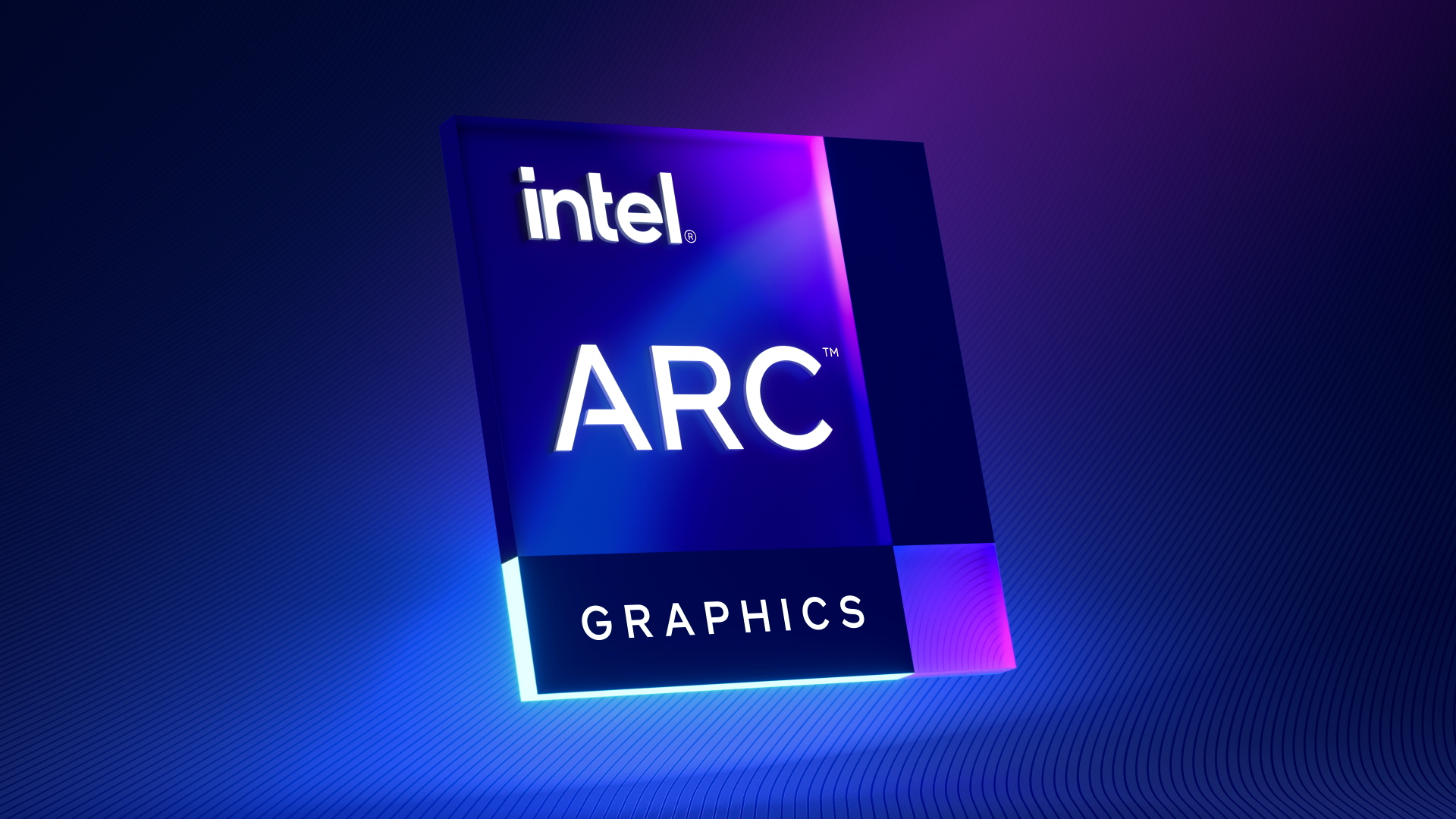In the future I can see a form of hybrid training/inference functionality where the personal, sensitive data is maintained locally while more generalized data input (possibly pre-trained results, algorithms) is captured from remote sources on the internet (possibly a public library, npo, UN or similar). Instead of starting from scratch everytime, having the capability to run your local data and use remote source inputs (data elements/hints, algorithms) is where I see the trend heading, though most cloud source providers will likely prefer your personal data stored on their servers as data input for their own LLMs.

